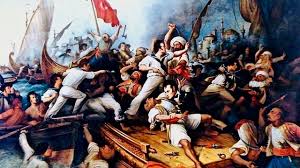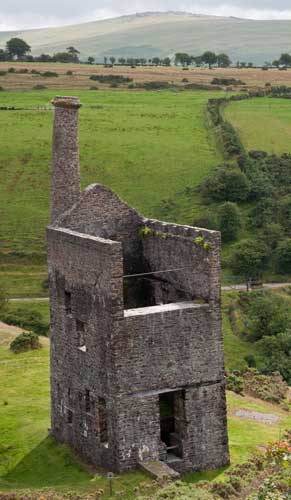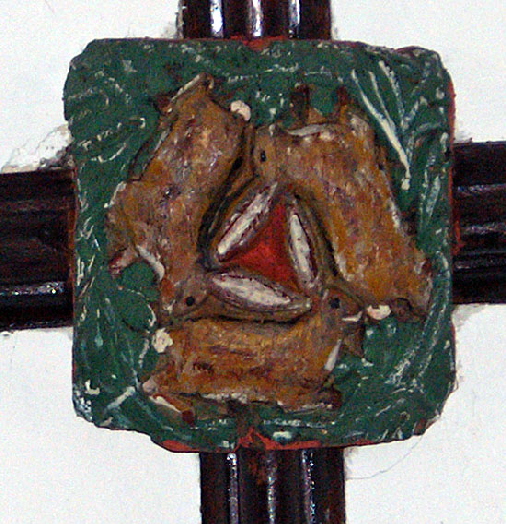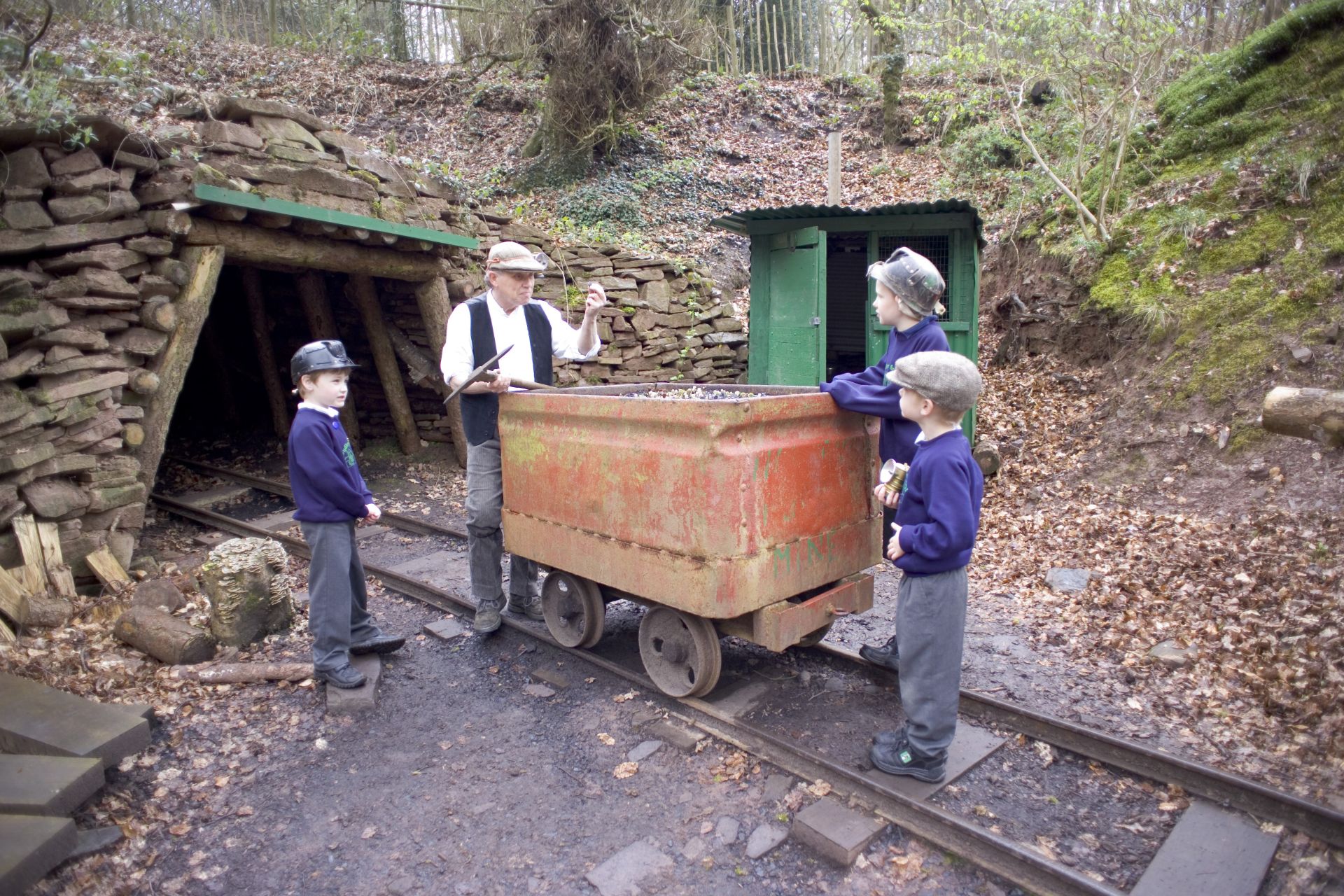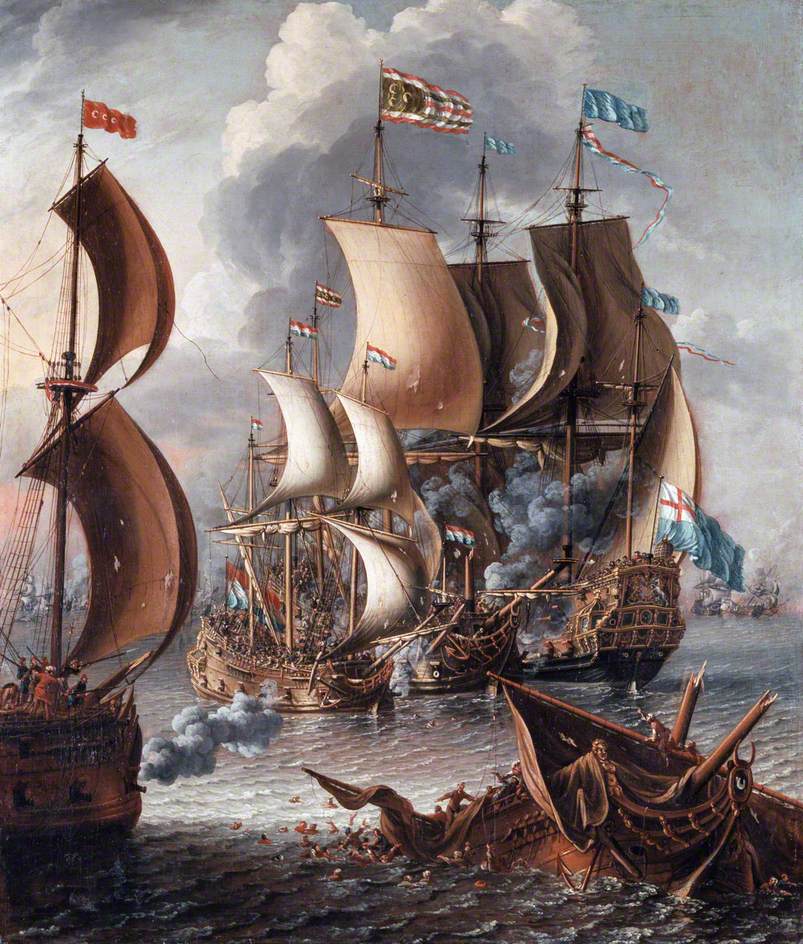This article originally appeared in Wessex Chronicle Volume 15, Issue 2 (Summer 2014)
The story so far…
When war was declared in 1939, a 21-year-old Able Bodied Seaman from the Chew Valley in Somerset – my father, Charles Barrie Gunter – was aboard the battleship, HMS Rodney on patrol south of Iceland. From May 1942 to the end of the war, my father served on HMS Jamaica, a newly built cruiser, adopted by the city of Bristol, which acted as a distant escort in the frozen hell that was the Arctic Convoys until September 1944, providing cover for 13 convoys. Part 1 included his diary extract for one of those convoys in December 1942-
January 1943.

At the end of 1942 my father had been given compassionate leave to pay a final visit to his dying mother. On return to the fleet he missed his ship, HMS Jamaica, which had already sailed with convoy JW51A, and was instead deployed to the destroyer, HMS Oribi, covering the twin convoy JW51B. This meant that he missed the action in the Battle of the Barents Sea when Jamaica was one of the vessels engaged against the German heavy cruisers, Admiral Hipper and Lutzow, and six destroyers. By the end of 1943, in midwinter, Jamaica, this time with my father on board, was to play a critical part in another major confrontation well within the Arctic Circle.
Convoy JW55B, consisting of ten US and nine British merchant vessels had sailed from Liverpool on 20th December en route to Archangelsk. Jamaica was part of the Distant Covering Force with the battleship HMS Duke of York and four destroyers. On 22nd December, German air reconnaissance spotted the convoy, and the German battlecruiser Scharnhorst with five destroyers sailed out of her Norwegian fjord base on Christmas Day in Operation Ostfront aiming to intercept the convoy.

Unfortunately for the German fleet, their orders had been intercepted by British code-breakers. Convoy RA55A, sailing south from Russia, was also about to cross the path of the northward convoy. This allowed a short window of opportunity when the close escort vessels could share their tasks, freeing up some to join a strike force against Scharnhorst. In all, the British strike force included the battleship, HMS Duke of York, four cruisers and four destroyers. It had another advantage. British radar was more technically advanced than the German navy’s. Whereas the German equipment could only detect ships, the British system allowed them to identify the size of the vessels. Despite these advantages the Scharnhorst was a formidable opponent. She was faster – a top speed of 33 knots (61km/h) – more manoeuvrable and, alone, had more firepower than all the British ships lined up against her.
In bad weather, Admiral Erich Bey on the Scharnhorst had not been able to precisely locate the two convoys, so he divided his force, sailing north alone. At 08:40 on 26th December HMS Belfast had picked up Scharnhorst on her radar; by 09:41, HMS Sheffield had made visual contact. Under cover of snow, the British cruisers opened fire; the Battle of North Cape had begun. Joined by HMS Norfolk, the three British cruisers attacked, demolishing Scharnhorst‘s main radar aerial, leaving her unable to return accurate fire in low visibility.
Norfolk suffered some damage. Meanwhile HMS Jamaica and HMS Duke of York approached from the south west, barring the Scharnhorst’s way.
Despite suffering further hits Scharnhorst was able to use her superior speed to escape, only the small British destroyers were able to keep pace, hitting her with four torpedoes, slowing her progress. It still took until late afternoon before Jamaica and Duke of York caught up and battered Scharnhorst with gunfire. The battle raged until at 18:00 Scharnhorst‘s main gun battery went silent; at 18:20 another round from Duke of York destroyed a boiler room, reducing Scharnhorst‘s speed to about 22 knots (41km/h) and leaving her open to attack. Duke of York fired her 77th and final salvo at 19:28. Scharnhorst,
though crippled, continued to fight with her secondary armament still firing wildly as Jamaica and the destroyers closed and launched more torpedoes at 19:32. The last three torpedoes, fired by Jamaica at 19:37 from under two miles (3km) range, were the final crippling blow. The team responsible for those final, fatal shots were Petty Officer J O Mahoney, of Co Cork, J Beck, of Wakefield, R Polkinghorne, of Hayle, S Bell, of Thornaby and LTO (Leading Torpedo Operator) Charles Gunter of Chew Magna, Somerset – my father.

It had taken a total of 55 torpedoes and 2,195 shells to cripple the Scharnhorst. As the ship was sinking, all was calm and orderly on deck. Officers were helping hundreds of men over the rails; the captain checked all lifejackets and Admiral Bey shook hands with all the assembled officers. Scharnhorst sank at 19:45 hours on 26th December 1943. Of a total complement of 1,968 men, only 36 survivors – not one an officer – were rescued from the icy seas; three of those were named Gunter, a cruel irony of war.
Later that evening, Admiral Bruce Fraser briefed his officers on board Duke of York: “Gentlemen, the battle against Scharnhorst has ended in victory for us. I hope that if any of you are ever called upon to lead a ship into action against an opponent many times superior, you will command your ship as gallantly as Scharnhorst was commanded today”. The convoy completed its voyage with no losses.
In October 2000 the submerged wreck of the Scharnhorst was found by the Norwegian Navy. It lay 300m deep, 130kms NNE of North Cape; 9° north of the Arctic Circle (see illustration at top of page). It was probably the most northerly naval battle ever fought.
My father continued to serve on the Jamaica to the end of the Russian convoys and for another three years after the end of the war. The cruiser departed Devonport on 25th August 1946 on a tour of duty as part of the British East Indies Squadron. This tour included visits to Gibraltar, Malta, East Africa, the Maldives, India, Sri Lanka (Ceylon), Malaya and Singapore, Indonesia, Mauritius, the Seychelles, Zanzibar and South Africa – a tour that lasted 26 months and covered a total of 69,713 miles. After all those years in the frozen north he seems to have reaped his reward.





